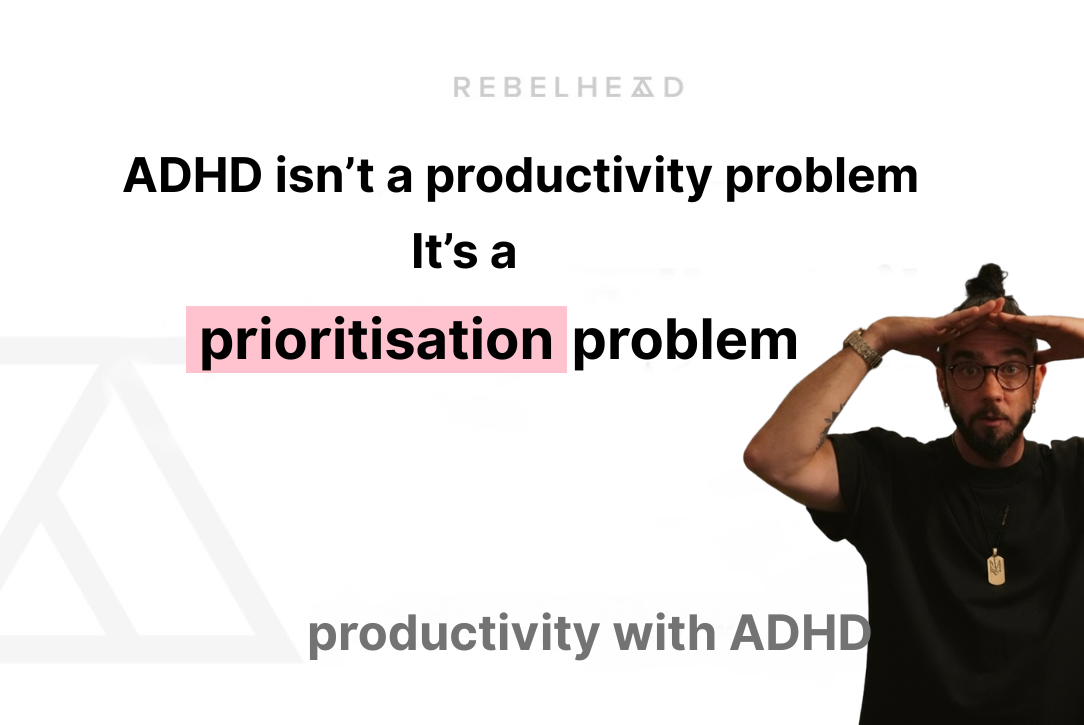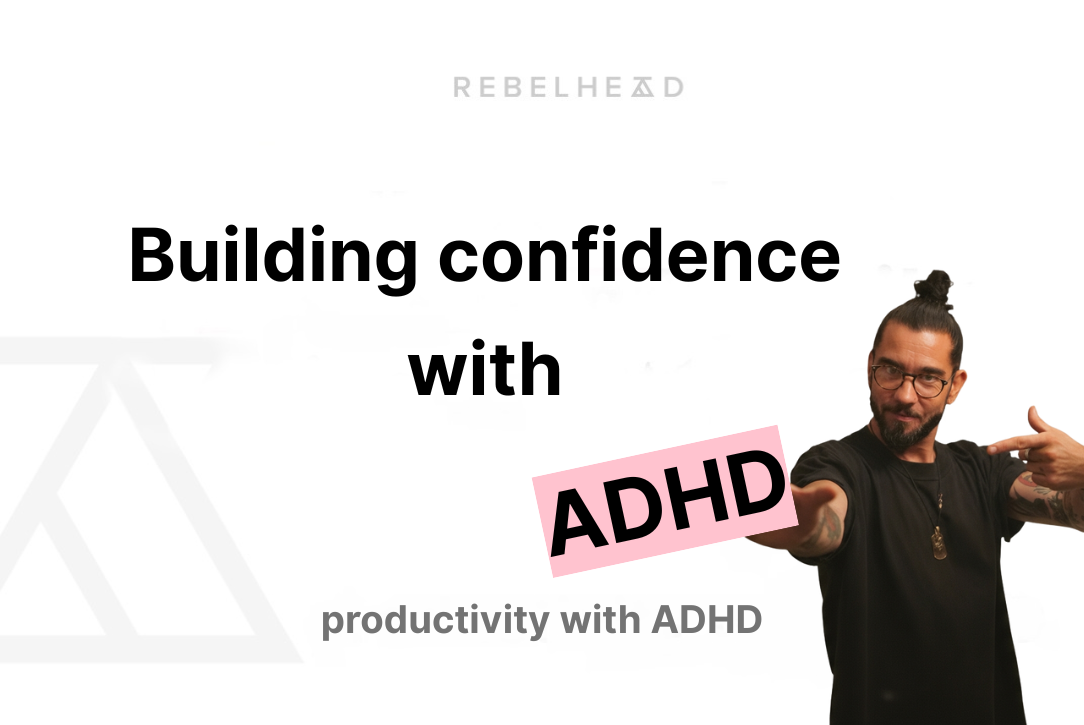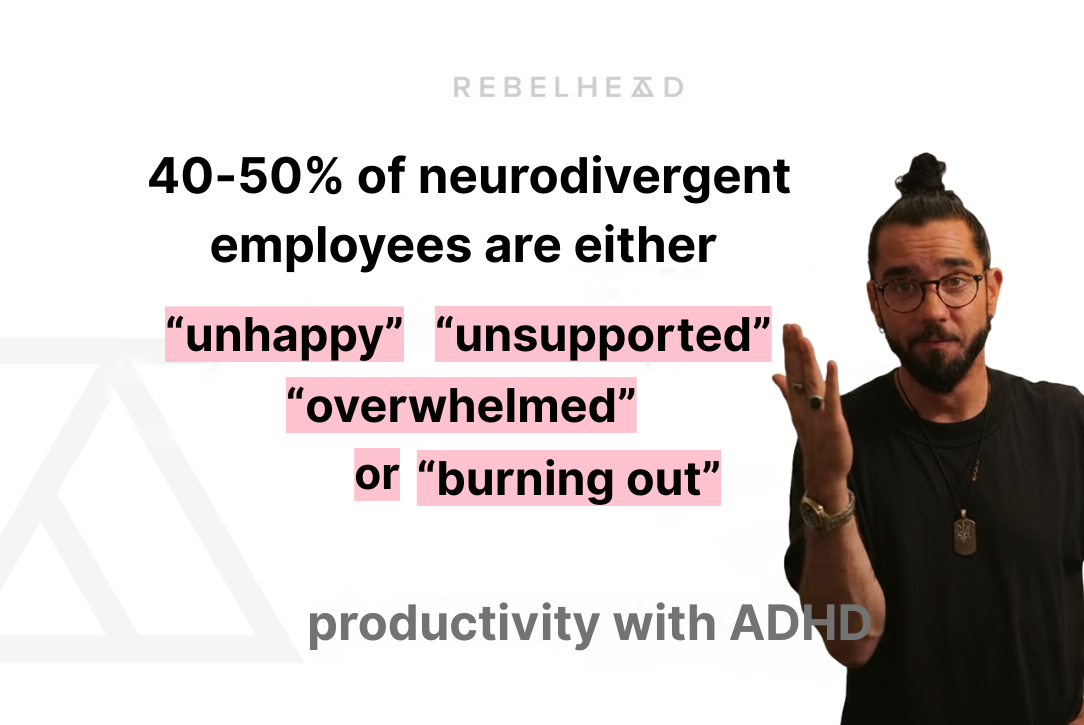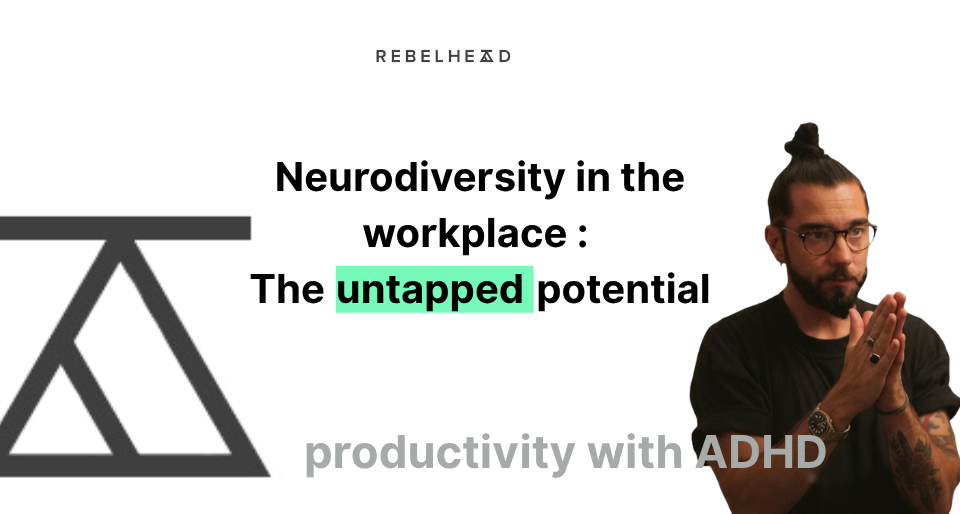Your Brain’s Not Broken, Your To-Do List Is Just a Lying Jerk
Rethinking the ADHD Narrative (With a Raised Eyebrow)
Let’s clear something up: ADHD isn’t about being lazy, unmotivated, or “just needing to try harder.” If anything, we try too hard, usually for the first 18 minutes of a new productivity app, before forgetting it exists.
So, here’s the real kicker: ADHD isn’t a productivity problem. It’s a prioritization problem. That “lazy” person staring blankly at their email inbox isn’t slacking, they’re probably in the middle of a mental hostage negotiation with their executive function.
And spoiler alert: executive function is losing.
The ADHD Brain: Prioritization… But Make It Chaotic
Picture this: you’ve got 12 things to do today. A neurotypical brain says, “Great, I’ll start with the most important one.”
An ADHD brain says, “What if we… do none of them and reorganize our spice rack instead?”
Why? Because our brains run on interest, novelty, and emotional urgency, not boring logic like “what’s due tomorrow.”
Symptoms include:
- Time Blindness: Also known as “What do you mean it’s 4pm? I just sat down at 9am… in 2017.”
- Dopamine Drought: Our brains don’t produce as much dopamine, which means boring tasks feel like emotional sandpaper.
- Emotional Prioritization: We don’t care what’s important. We care what’s interesting. Or terrifying. Ideally both.
So when we don’t start that Very Important Task™️, it’s not because we’re lazy, it’s because our brain’s project manager called in sick and left a squirrel in charge.
Why Productivity Systems Are Designed to Break You
Most “proven productivity methods” work great, if your brain was built in a lab by a team of Swiss watchmakers. For the rest of us, they’re the psychological equivalent of trying to hold water in a pasta strainer.
Here’s what typically goes wrong:
- To-Do Lists: The longer they get, the more they resemble a personal attack.
- Planning Tools: You spend 2 hours building the perfect system… and then forget to use it.
- Focus Routines: You light a candle, drink a turmeric latte, and open your laptop. Five minutes later, you’re reading Wikipedia articles about Viking dental hygiene.
What’s the deal? These systems are based on the assumption that people can:
- Remember tasks
- Prioritize them logically
- Execute them in a linear fashion
Unfortunately, ADHD brains treat that assumption the same way we treat terms and conditions: we scroll past it and pretend we understand what’s happening.
Enter: Hyperfocus (A.K.A. “Where Did the Last 6 Hours Go?”)
Let’s talk about our not-so-secret weapon: hyperfocus. This is when your ADHD brain latches onto a task with laser precision. You block out noise, hunger, bathroom breaks, and sometimes your will to live.
You can build a 200-slide deck in one night, write an entire business proposal, or learn everything about ancient Greek pottery. Just not the thing your boss asked for.
Hyperfocus is great… until it’s not. You might finish one thing brilliantly, and forget five others existed. It’s a strengh wrapped in a glitch.
How to Actually Prioritize When Your Brain Laughs at Structure
We can’t rewire the ADHD brain overnight (or with three shots of espresso), but we can work with the chaos instead of against it. Here’s how:
1. Create Fake Urgency
Deadlines only matter when they feel scary. Trick yourself into caring:
- Break big tasks into “fake deadlines”
- Tell your friend you’ll show them your draft at 2pm (now you have to)
- Pretend your spreadsheet is a bomb that will explode unless completed in 23 minutes
2. Make It Visible, or It Doesn’t Exist
Your brain doesn’t remember what you said you’d do. It remembers the TikTok you saw 6 days ago.
- Use whiteboards, sticky notes, or project dashboards
- Make it loud, proud, and very hard to ignore
3. Add Dopamine Like Hot Sauce
Low-interest tasks? Time to spice them up.
- Listen to music
- Use timers to “race the clock”
- Bribe yourself: “If I answer 10 emails, I get a snack, a nap, or to rewatch my comfort show”
4. Organize by Energy, Not Calendar
Stop pretending you’re a productivity robot. If you’ve got brain fog at 10am, maybe don’t schedule complex data analysis then.
- Do creative stuff when you’re energized
- Save admin work for the post-lunch slump
- Forgive yourself when the plan explodes
5. Schedule the Act of Prioritizing
Your brain won’t just magically know what’s important each morning. Build it into your day:
- 10 minutes of “What’s Actually On Fire?”
- Write down just three things
- Move everything else to a “Look at it tomorrow, maybe” list
Dear managers: It’s mot that we don’t care
If you manage someone with ADHD, here’s what we wish you knew (but often forget to say out loud):
What doesn’t help:
- Micromanagement
- Vague instructions
- “Just stay focused” pep talks (we’re trying, Susan.)
What does help:
- Clear deadlines and deliverables
- Flexibility in how we work
- Matching tasks to interests when possible
- Assuming competence, not chaos
ADHD workers often bring creativity, innovation, and passion—especially when supported properly. You just have to let us get there in our own weird, wonderful way.
Conclusion: Your brain’s not broken, It’s just… creative
Let’s recap:
- You’re not lazy.
- You’re not a mess.
- You just have a brain that prioritizes like a raccoon picking snacks from a vending machine during an earthquake.
But here’s the magic: when you stop trying to be someone else’s version of productive, and start building systems around your actual brain, you get your kind of productivity. The creative, bold, nonlinear kind.
So ditch the guilt, fire your imaginary inner boss yelling “try harder,” and start working with the brain you’ve got. It’s not broken. It’s just playing a different game, with better prizes.tter outcomes for everyone.
Links:
Popular Articles:
Turning ADHD Into A Creative Strengh




